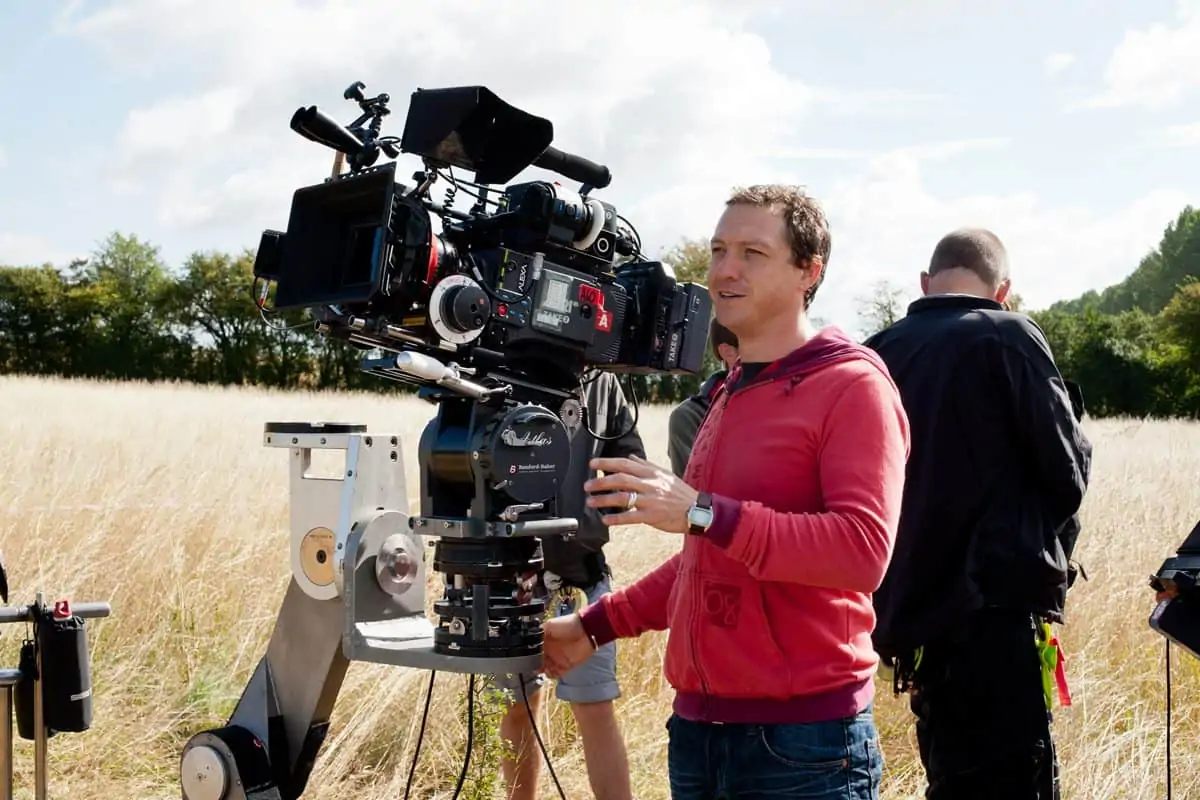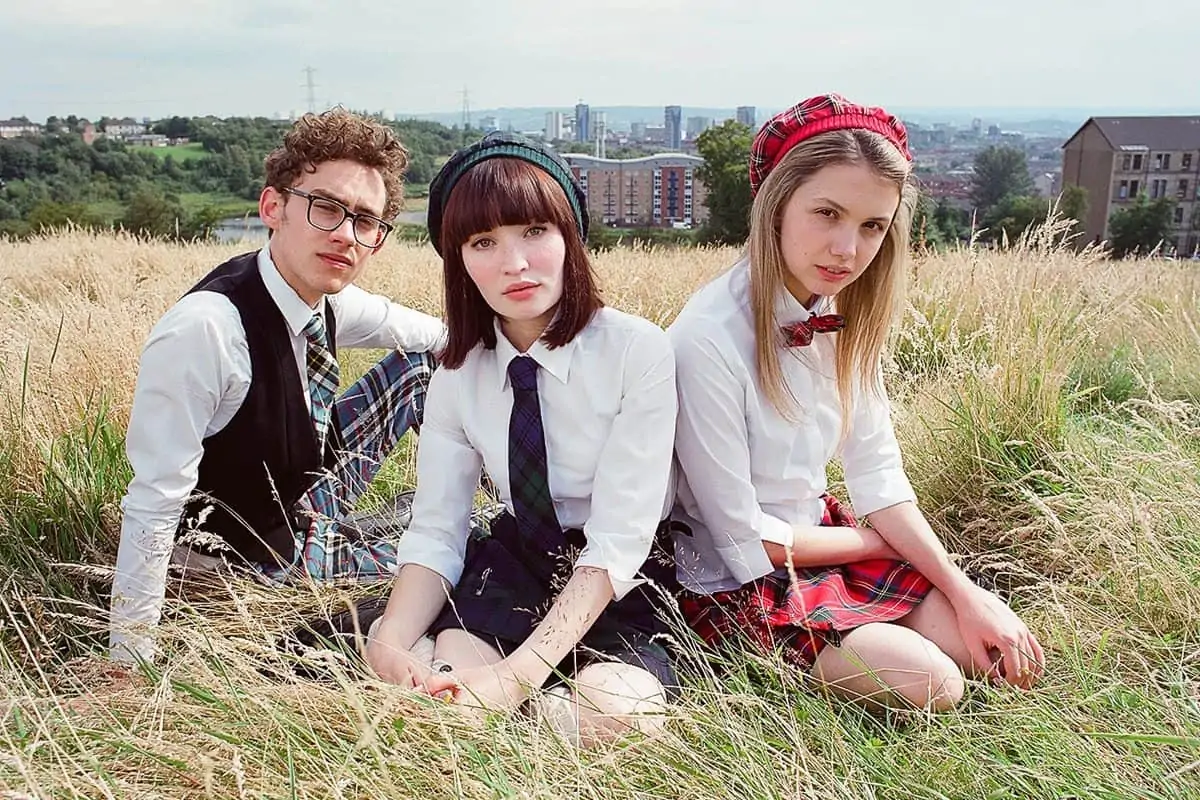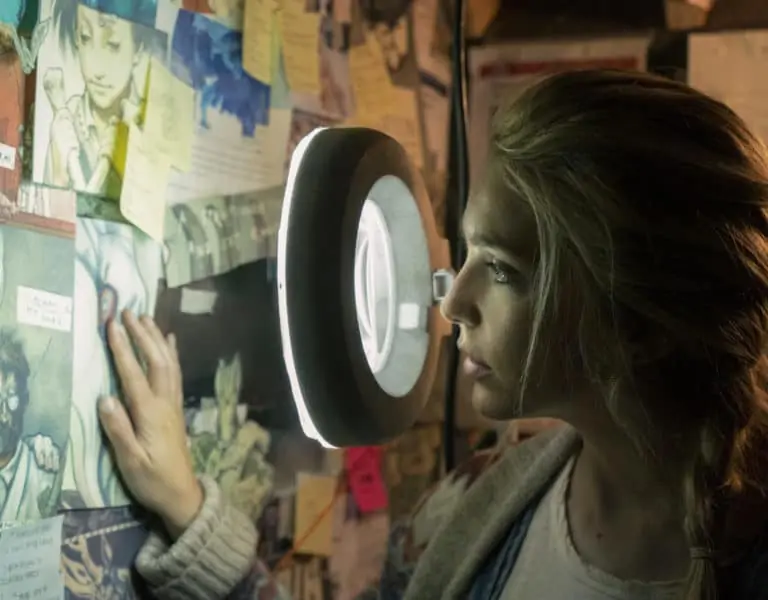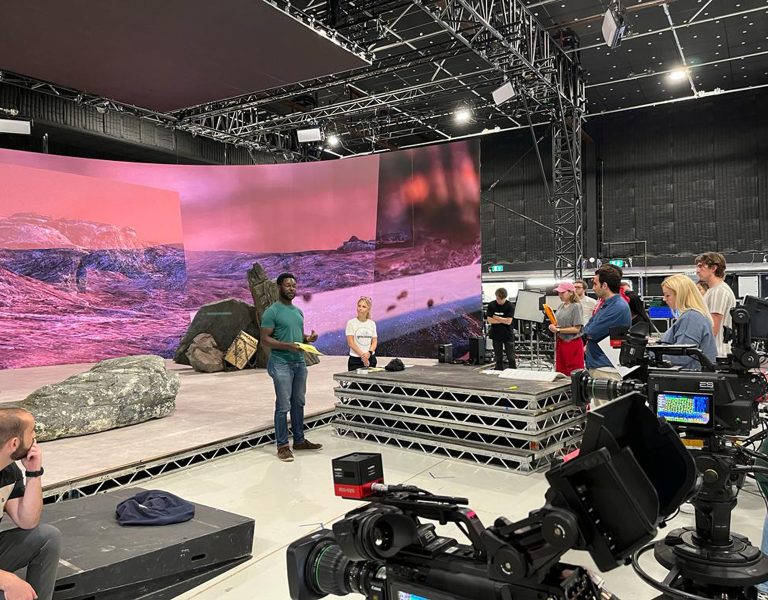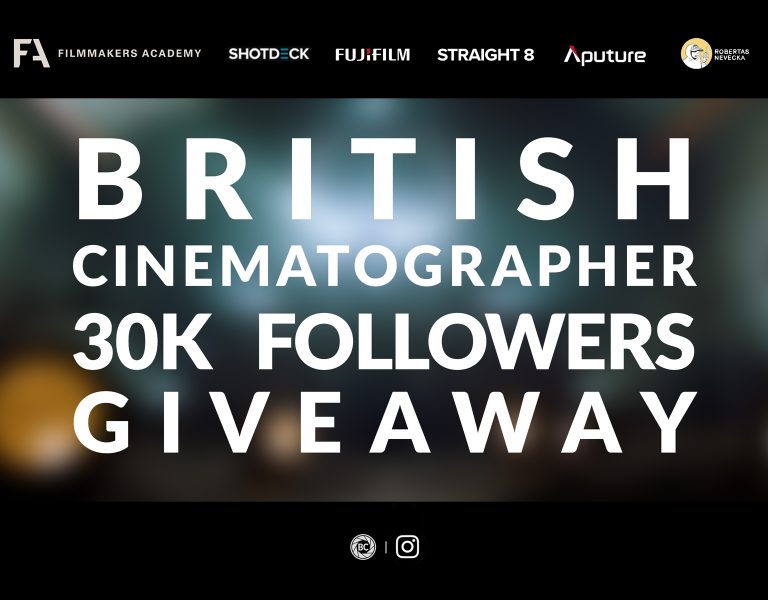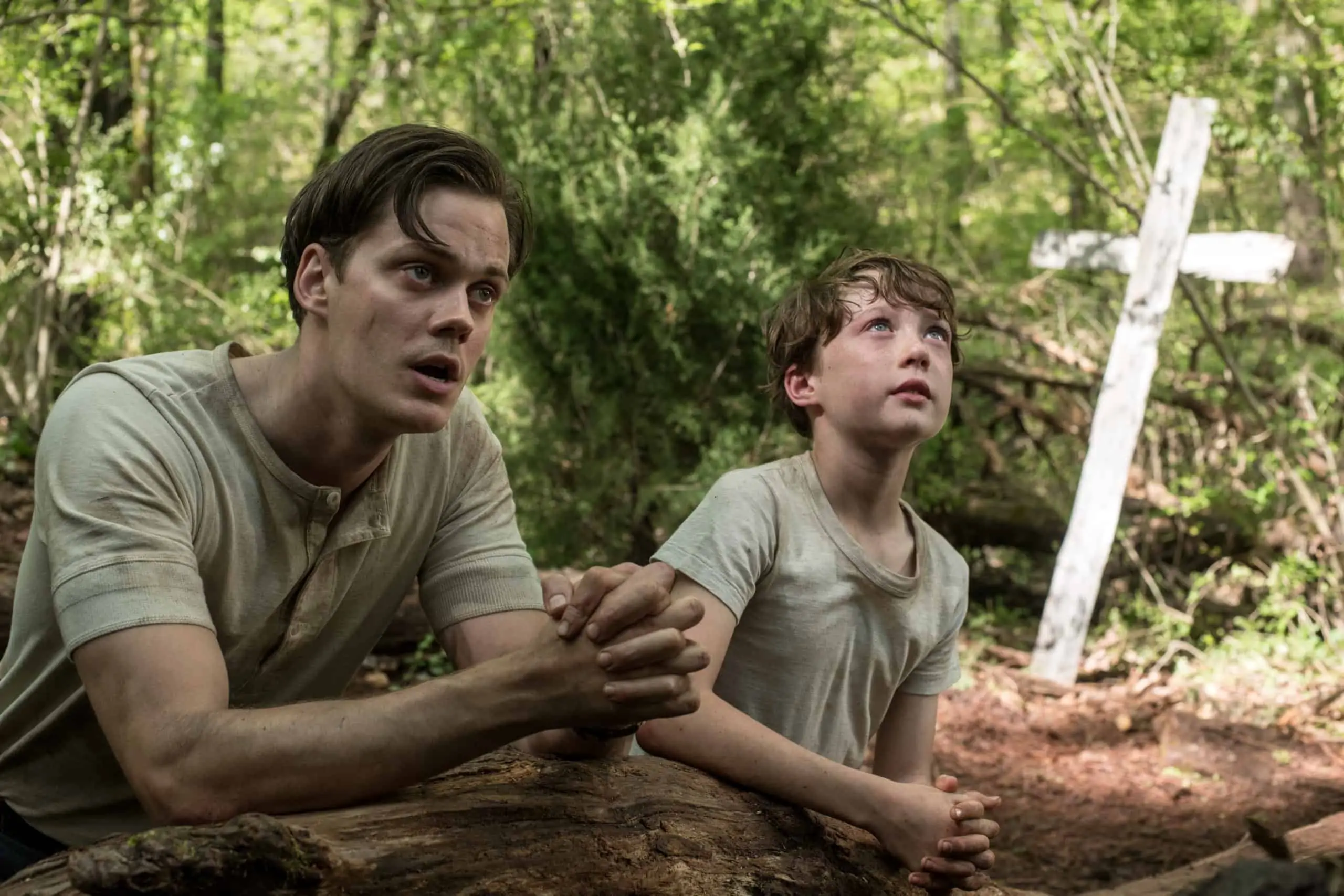
The Devil All The Time was adapted from Donald Ray Pollock’s novel by director Antonio Campos who preferred 35mm and managed to get this okayed by Netflix seemingly without issue.
It’s a sweaty, complicated psychological thriller set in 1950’s Virginia with a considerable degree of exterior location work for the British DOP.
Crawley deliberately underexposed and used a push process during developing to give him greater versatility in filming in various low and natural light conditions.
He explains, “If you underexpose and then push process by one or two stops you end up distressing the film – abusing it slightly – in order to drag that extra information and different colours back out of the shadows.”
Of course, Kodak no longer makes the range of stock it did in the 1950s. Crawley used Vision3 500T 5219 and 250D 5207 stocks to obtain the look.
“I push processed more earlier on in the story to draw out more grain and in later periods of the film I was a little cleaner in my exposure to deliver a sense of modernity.”
He shot on ARRICAM LT and ST 35mm cameras. With a 2.40:1 aspect ratio, Crawley considered using anamorphic but the extent of the location photography led him to select a set of Cooke S4 primes.
“Since we had a lot of real locations as opposed to sets I felt anamorphic would have distorted the image too much when what I was seeking was an authenticity to the story.”
One scene has corrupt sheriff Bodecker (Sebastian Stan) enter a bar. It’s a superbly lit composition with a single light over a bar and another light over the green baize of a pool table reminiscent of the mood of an Edward Hopper painting.

Crawley researched 1940s and ‘50s documentary photographers like Walker Evans and Dorothea Lange along with the painting of Andrew Wyatt to inform the composition and deliver an honesty to the rural environment.
“The later scenes move away from natural dyes and into acrylic, vinyl and more artificial colours. We try to pop those colours and saturate them but the trick was not to go too far and risk becoming too stylised and cartoony which would undermine the drama.”
Dailies were processed in Atlanta and viewed by Crawley on-set digitally. “The images are just very compressed, so if you’re being bold in exposure and you have a compressed image to monitor you do lose detail and hope what you captured is on the neg.”


